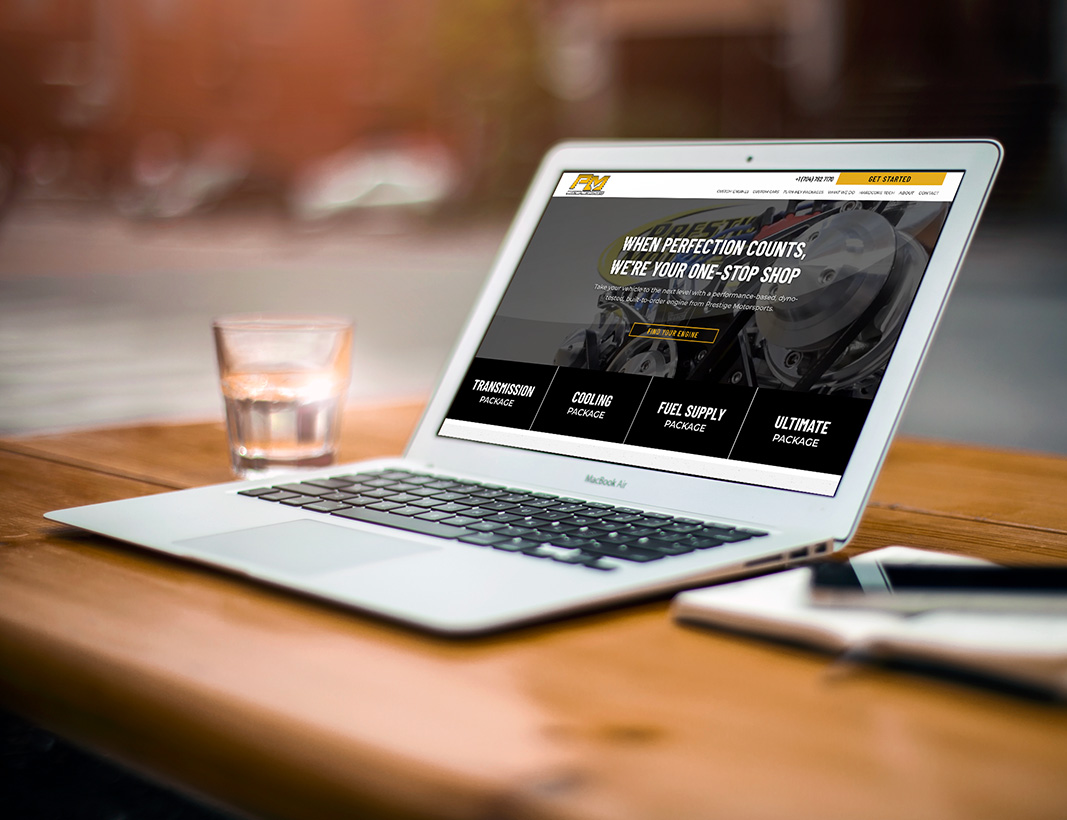What’s the goal of your business website? It’s not a trick question. You naturally want to achieve results through your site, and that’s only possible when you set some clear benchmarks. For most businesses, the ultimate goal of the website is to boost conversions, whether that’s email inquiries, phone calls, appointments, or online purchases. In some cases, you might even define conversions as email newsletter subscriptions or engagement on social media.
No matter what you’re trying to achieve through your website, a focus on user experience (UX) can help you get there. Indeed, a big part of UX is understanding what visitors are trying to achieve and harmonizing their goals with your own.
The right approach to website UX can actually help increase your conversion rate. Here are just a few examples.
Know Your Audience
There’s an old saying in sales and marketing circles: You can’t give an elevator pitch until you know who’s going to be in the elevator.
There’s a similar principle in play in website design. You’re ultimately trying to provide your user base with the content and formatting they need to accomplish their goals, whether that’s accessing certain information or setting an appointment at your place of business. But you can’t provide the right content until you know who your audience is and what they’re trying to do.
A lot of website design teams will leave this to guesswork, but it’s wise to implement buyer personas and audience research to get a clear sense of who you’re actually designing the site for… and, what kinds of content can bring them closer to their goals.
Ensure Relevance
Google has routinely routed “relevance” as one of the keys to effective SEO. There’s just one problem: A lot of marketers aren’t totally clear on what relevance really means.
Here’s one way to look at it: Your website users all have questions they want answered, or problems they want addressed. Relevance means providing content that’s tailored to meet these needs and satisfy your users.
Once you have a clear understanding of who your audience is, the next step is ensuring online content, including videos and blogs or whatever else, that truly speaks to their questions and their pain points. If all you’re offering is a hard sales pitch, you may not see the kind of conversion rates you want. Instead, make sure your website offers substance and value.
Optimize for Mobile
In 2019, there is no reason not to have a website that’s fully optimized for mobile users.
This gets to the heart of user experience: Remember that many of your website visitors are going to be mobile users, either at home or on the go, who are trying to research local companies to make a purchasing decision. If your website doesn’t roll out the red carpet and provide them with a clear, easy way to retrieve their desired information, you risk losing the conversion.
Double and triple check to confirm that your website is easy to navigate across all browsers and all device types.
Provide Clarity and Consistency
One of the worst impulses that website designers can have is trying to make things “different” just for the sake of standing out.
There’s a reason why most business websites follow familiar paths, providing a very basic and predictable site navigation: Website visitors want something that’s clear and consistent. They want to be able to find information without any hassle or uncertainty.
Make sure your website is laid out intuitively. If your visitors have questions over how to use the site or locate key information, that’s a big UX fail, and it could cost you conversions.
Track and Test
Finally, note that UX is all about designing a website that users will find helpful… but part of that means observing user behavior, keeping an eye on important data and analytics, and revising your site as needed to ensure a smooth experience.
Certainly, a real commitment to UX means keeping an eye on bounce rates, dwell time, which pages of your website seem to get a lot of attention, and which ones seem to be ignored. The latter might clue you into pages that aren’t as easily accessible as they should be, or content that’s not as relevant.
Additionally, don’t hesitate to test different iterations of your website, such as the wording or even the placement of your calls to action. Be open to continuous improvement, and to constantly fine-tuning your website’s ability to serve the end user.
More Questions About UX?
Ultimately, the best way for you to achieve your goals is to create a website that empowers users to achieve theirs.
If you have any additional questions about UX, or just want to chat about steps you can take to boost conversions, we invite you to reach out to the enCOMPASS team at your next opportunity.
SHARE THIS ARTICLE:



